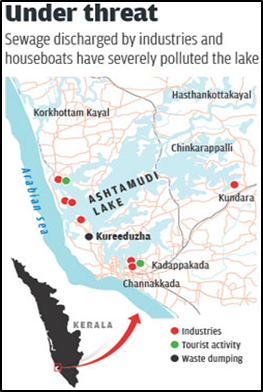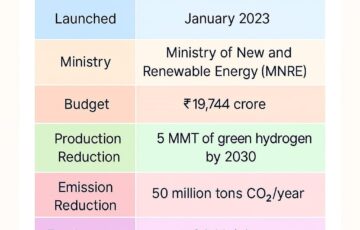STUDY UNVEILS MICROPLASTIC POLLUTION IN ASHTAMUDI LAKE; FISH AND SHELLFISH MAJORLY AFFECTED
Why in the news?
- Recent study reveals microplastic contamination in Ashtamudi Lake, a Ramsar wetland in Kerala’s Kollam district.
- Microplastics found in fish, shellfish, sediment, and water, indicating potential public health concerns.
- Highest percentage of microplastics detected in macrofauna, with fish accounting for 19.6% and shellfish for 40.9%.
source:medium
Key Facts about Ashtamudi Lake:
- Ashtamudi Lake, in Kollam District, Kerala, is dubbed the gateway to Kerala’s backwaters.
- Fed by the Kallada River, it’s named “Ashtamudi,” meaning “eight braids” in Malayalam.
- The Ramsar Site is recognized for its diverse biodiversity and unique wetland ecosystem.
What are Microplastics?
Classification:
Associated Article: https://universalinstitutions.com/biotransformation-technology/ |





